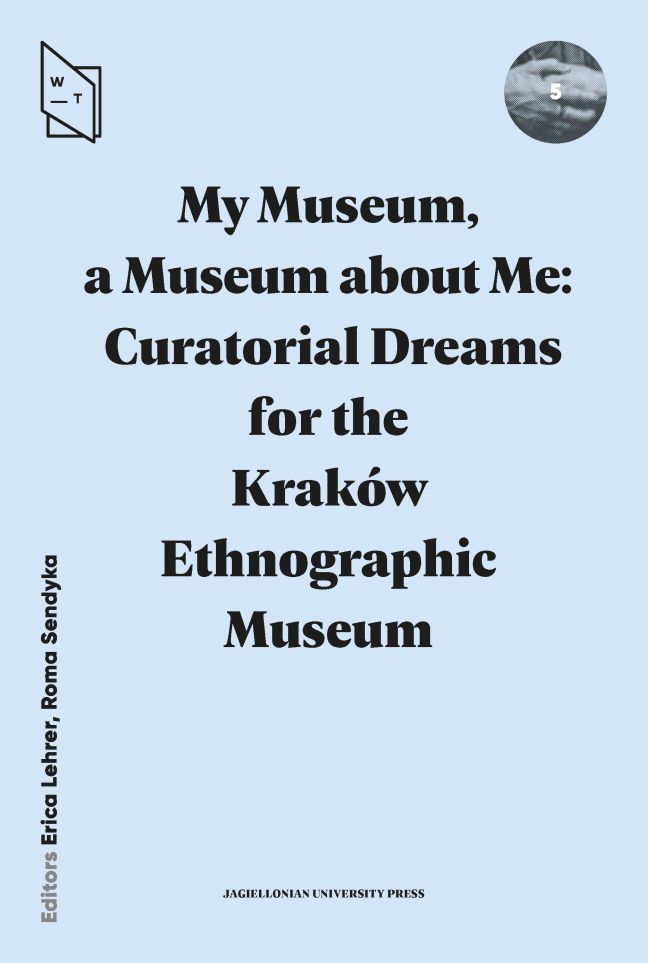Digesting Culture
Published online by Cambridge University Press: 01 March 2024
Summary
This text reflects on the preparation for and organization of the intervention in the Kraków Ethnographic Museum, focusing on the parts of the “hacked” space in which the culinary performance took place. The ‘kitchen’ room, featuring a large table with multiple dishes, offered the audience a chance to experience history in a multi-sensory way, adding to the traditional paths of perception that of touch, smell, and taste. An ephemeral, individual experience, we offer a glimpse of it here.
How to describe visitor experience? Our goal for the entire MEK performance was to impact visitors on levels beyond their rational thought. Inviting the audience into our humble dining room was an experience not meant to be recounted, but felt. We wanted whatever happened among the members of the audience to be entirely their own doing, without steering them toward any specific emotion or feeling.
We transformed an empty room near the museum's entrance into a casual gathering space for intervention participants. We labeled the space the “social room,” because its main function was to serve as a space of interaction for the visitors, the curators, and the museum's regular staff.
To help engage and interconnect those who gathered in the space, we set a dining table with dishes that we hoped would be well known to all, such as challah, pickles, podpłomyk [flatbread], and matzo. This gesture supported several working hypotheses: that eating is a primary function performed by all people, regardless of age, background, nationality, sex, or other factors; that a meal at a table is associated with the warmth of a family home, commensality, and maintaining social ties; and most importantly, that we generally are not fully conscious of what we eat—we undertake this function in a state of divided attention.
Food is of tremendous value—both cultural, and traditional. The dishes we proposed and created are common to at least three cultures: Ukrainian, Jewish, and Polish. Culinary unity, which appears through the juxtaposition of a few basic dishes, demonstrates in concrete terms that the three large socio-national groups have similar culinary tastes, pointing to a shared history. Although challah is, in the Jewish tradition, a ceremonial bread that is eaten ritually on the Sabbath, the Polish version of this baked good (with the same name) is simply a sweet appetizer.
- Type
- Chapter
- Information
- My Museum, a Museum about MeCuratorial Dreams for the Kraków Ethnographic Museum, pp. 163 - 166Publisher: Jagiellonian University PressPrint publication year: 2023



